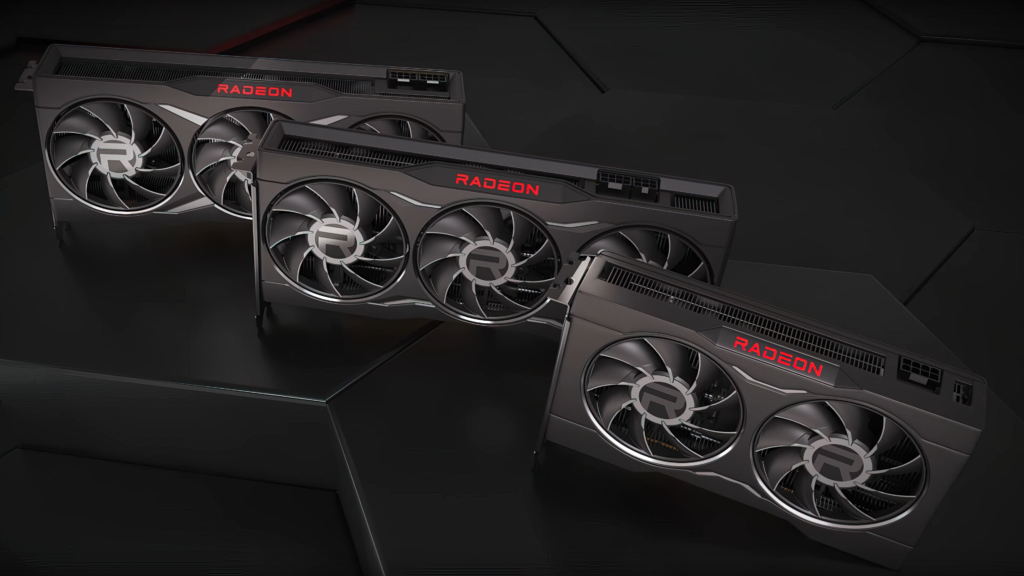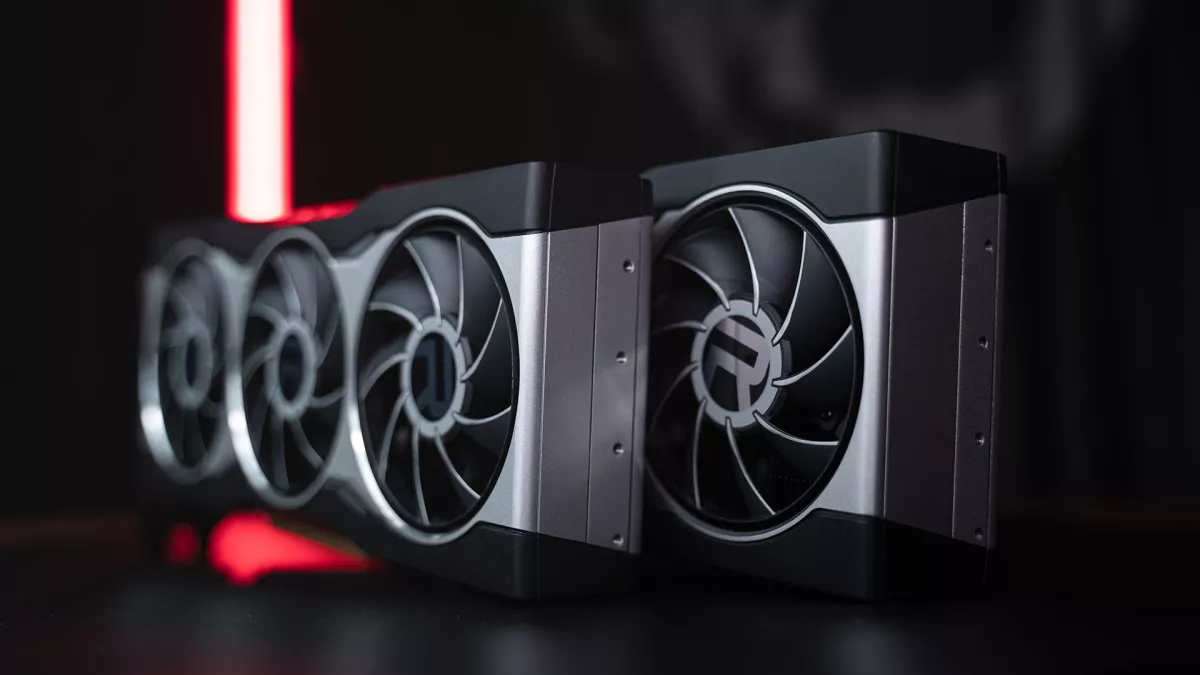Version 1.4.26 of AMD’s AMF encoder SDK has been published; it includes several new features, including analysis, and a brand-new “quality increase” mode. Chris Griffith from Code Calamity was able to test out the most recent version to see if the new boost mode is appropriate. It turns out that this feature can boost AMF’s encoding quality by a couple of percentage points, but at a significant performance penalty.
For encoding videos or recording/streaming live gaming, AMD’s newest GPUs, such as the RX 6000 series, include an H.264 hardware encoder called AMF. It serves as AMD’s equivalent of Nvidia’s NVENC encoder.

A new Content Adaptive Quantization method called PreAnalysis has been integrated into the AMD encoder. Simply put, this offers AMF greater control over the number of I frames added to each video. Additionally, it enables AMF to skip frames as necessary.
To assess the quality gains brought forth by the new PreAnalysis capability, Griffith experimented with several AMF encoder configurations. The features were evaluated with B-Frames and Pre-Analysis enabled, B-Frames just (which debuted in a prior 2022 release), and disabled. Netflix’s VMAF programme was used to benchmark the testing, and scores ranged from 0 (unwatchable) to 100. (perfection).
With no B-Frames or Pre-Analysis enabled, AMD’s AMF encoder achieved a decent 94.1215 score at a rate of 139.21 FPS @ 5000 KBps. The score increased by 1 point when B-Frames were enabled, reaching 95.3877, but the frame rate plummeted to 83.75 FPS. However, this performance is sufficient for common use cases like 60 FPS live streaming of gameplay.
The encoder’s score increases by one point after enabling B-Frames and Pre-Analysis to 96.0697. However, the frame rate drastically decreases at a speed of just 26.03 FPS.

With more data points available for the decoder to process, this leads to greater pixel prediction, which raises the quality of the video. The frame rate slows to a crawl since the encoder must work much harder as a result. It’s so slow that it’s difficult to live stream at 30 or 60 frames per second. However, it turns out that this claim is only partially accurate; we’ll get to that in a moment.
However, AMD’s AMF encoder with PreAnalysis is effective for video encoding. With the same video and bitrate, it effectively matches Nvidia’s tried-and-true NVENC encoder, scoring 96.37 (vs. 96.0697) on the VMAF scale. Even while the initial rendering process will likely take longer, the quality will at least be comparable.
Also read:








